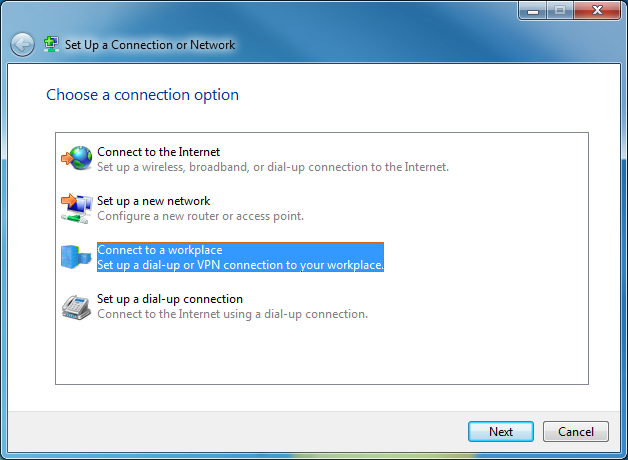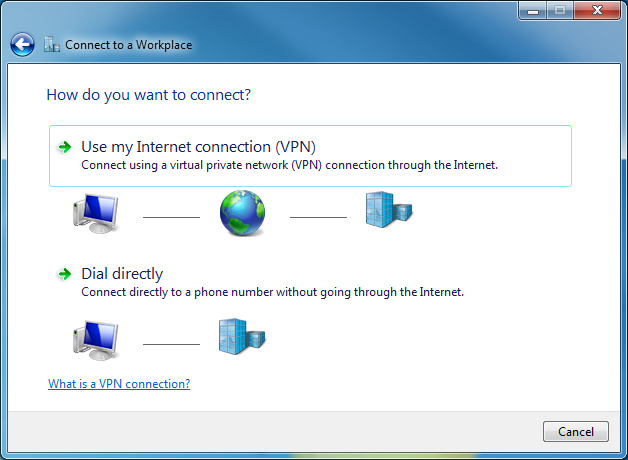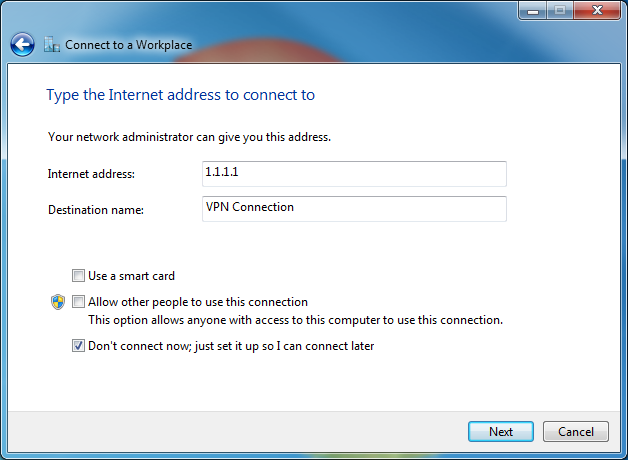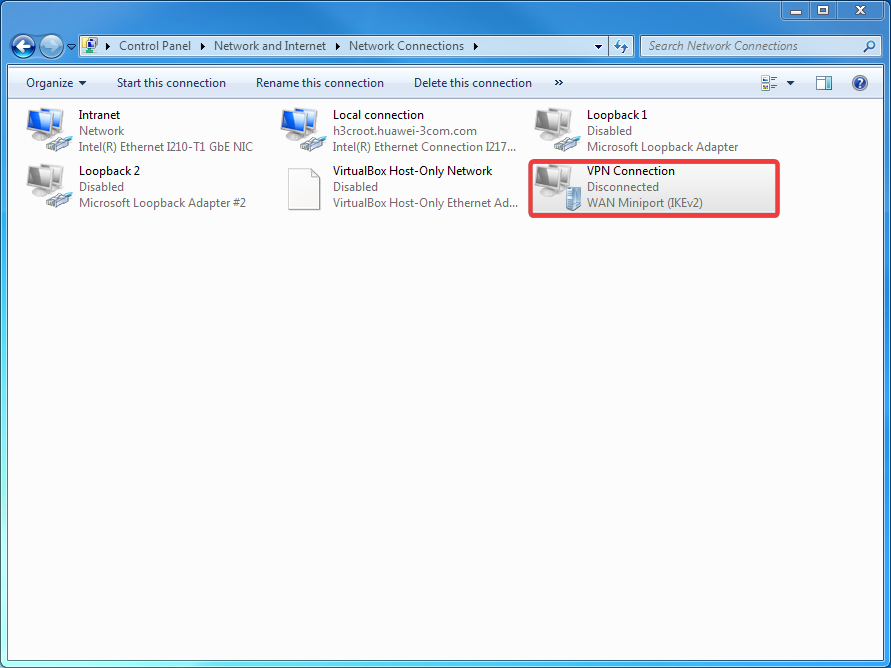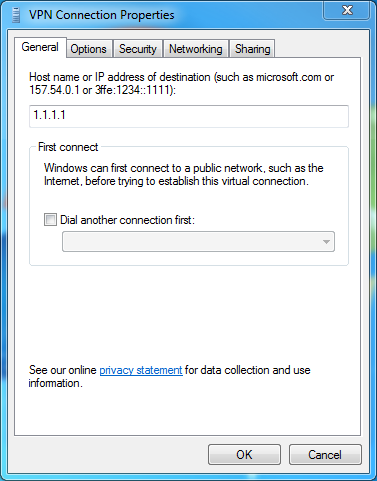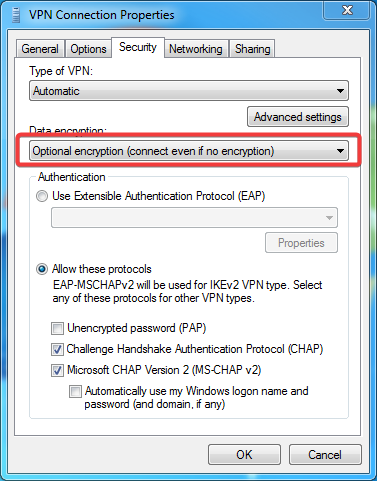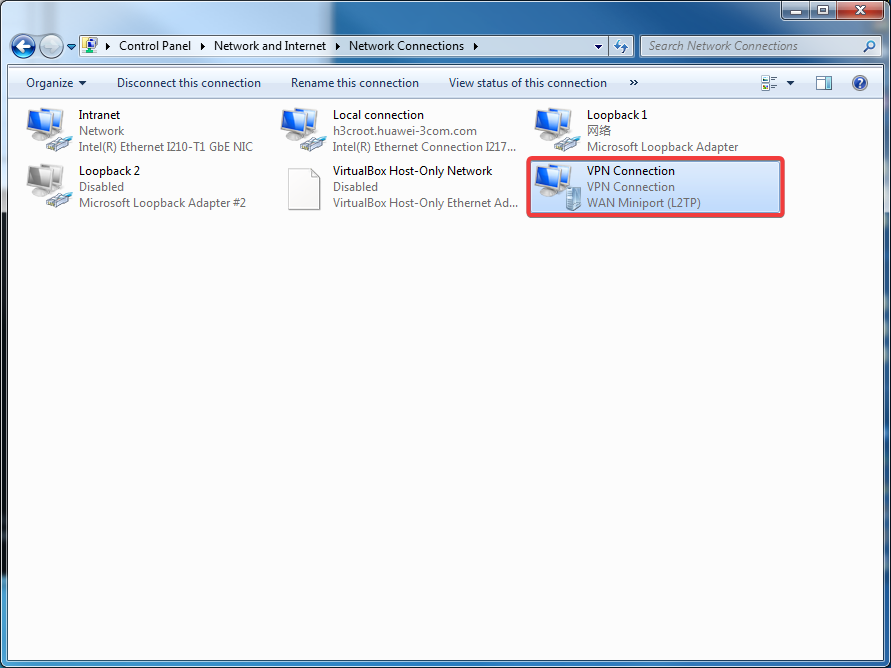- Table of Contents
-
- H3C MSR1000[2600][3600] Routers Configuration Examples All-in-One-R9141-6W100
- 00-Preface
- 01-Local 802.1X Authentication Configuration Examples
- 02-RADIUS-Based 802.1X Authentication Configuration Examples
- 03-AAA Configuration Examples
- 04-ACL Configuration Examples
- 05-MPLS over ADVPN Configuration Examples
- 06-ARP Attack Protection Configuration Examples
- 07-BFD Configuration Examples
- 08-Basic BGP Configuration Examples
- 09-BGP Route Attribute-Based Route Selection Configuration Examples
- 10-EAA Monitor Policy Configuration Examples
- 11-GRE with OSPF Configuration Examples
- 12-HoVPN Configuration Examples
- 13-IGMP Snooping Configuration Examples
- 14-IGMP Configuration Examples
- 15-IPsec Configuration Examples
- 16-IPsec Digital Certificate Authentication Configuration Examples
- 17-IPv6 IS-IS Configuration Examples
- 18-IPv6 over IPv4 GRE Tunnel Configuration Examples
- 19-IPv6 over IPv4 Manual Tunnel with OSPFv3 Configuration Examples
- 20-IS-IS Configuration Examples
- 21-Combined ISATAP Tunnel and 6to4 Tunnel Configuration Examples
- 22-L2TP over IPsec Configuration Examples
- 23-Multi-Instance L2TP Configuration Examples
- 24-L2TP Multidomain Access Configuration Examples
- 25-MPLS L3VPN Configuration Examples
- 26-MPLS OAM Configuration Examples
- 27-MPLS TE Configuration Examples
- 28-Basic MPLS Configuration Examples
- 29-NAT DNS Mapping Configuration Examples
- 30-NetStream Configuration Examples
- 31-NQA Configuration Examples
- 32-NTP Configuration Examples
- 33-OSPFv3 Configuration Examples
- 34-OSPF Configuration Examples
- 35-OSPF Multi-Process Configuration Examples
- 36-OSPF Multi-Instance Configuration Examples
- 37-Portal Configuration Examples
- 38-PPP Configuration Examples
- 39-RBAC Configuration Examples
- 40-RMON Configuration Examples
- 41-IPv4 NetStream Sampling Configuration Examples
- 42-SNMP Configuration Examples
- 43-SRv6 Configuration Examples
- 44-SSH Configuration Examples
- 45-Tcl Commands Configuration Examples
- 46-VLAN Configuration Examples
- 47-VRRP Configuration Examples
- 48-VXLAN over IPsec Configuration Examples
- 49-WLAN AC Configuration Examples
- 50-Small and Medium-Sized Store Configuration Examples
- 51-Cloudnet VPN Configuration Examples
- 52-Ethernet Link Aggregation Configuration Examples
- 53-Ethernet OAM Configuration Examples
- 54-Outbound Bidirectional NAT Configuration Examples
- 55-NAT Hairpin in C-S Mode Configuration Examples
- 56-Load Sharing NAT Server Configuration Examples
- 57-BIDIR-PIM Configuration Examples
- 58-Control Plane-Based QoS Policy Configuration Examples
- 59-Scheduling a Task Configuration Examples
- 60-Client-Initiated L2TP Tunnel Configuration Examples
- 61-LAC-Auto-Initiated L2TP Tunnel Configuration Examples
- 62-Authorized ARP Configuration Examples
- 63-GTS Configuration Examples
- 64-Traffic Policing Configuration Examples
- 65-Traffic Accounting Configuration Examples
- 66-Mobile Communication Modem Management Configuration Examples
- 67-Port Isolation Configuration Examples
- 68-PBR Configuration Examples
- 69-TFTP Client Software Upgrade Configuration Examples
- 70-FTP Client Software Upgrade Configuration Examples
- 71-FTP Server Software Upgrade Configuration Examples
- 72-Routing Policy Configuration Examples
- 73-Software Upgrade from the BootWare Menu Configuration Examples
- 74-Mirroring Configuration Examples
- Related Documents
-
| Title | Size | Download |
|---|---|---|
| 60-Client-Initiated L2TP Tunnel Configuration Examples | 907.03 KB |
Client-Initiated L2TP Tunnel Configuration Examples
Copyright © 2024 New H3C Technologies Co., Ltd. All rights reserved.
No part of this manual may be reproduced or transmitted in any form or by any means without prior written consent of New H3C Technologies Co., Ltd.
Except for the trademarks of New H3C Technologies Co., Ltd., any trademarks that may be mentioned in this document are the property of their respective owners.
The information in this document is subject to change without notice.
Introduction
The following information provides client-initiated L2TP tunnel configuration examples.
Prerequisites
The following information applies to Comware 9-based router. Procedures and information in the examples might be slightly different depending on the software or hardware version of the routers.
The configuration examples were created and verified in a lab environment, and all the devices were started with the factory default configuration. When you are working on a live network, make sure you understand the potential impact of every command on your network.
The following information is provided based on the assumption that you have basic knowledge of L2TP.
Example: Configuring a client-initiated L2TP tunnel
Network configuration
As shown in Figure 1, Host accesses the corporate network through an L2TP tunnel. Configure the LNS to actively accept tunnel setup requests from Host and set up an L2TP tunnel.
Analysis
For a valid user to access normally and establish an L2TP tunnel in client-Initiated mode, perform the following tasks:
1. Configure L2TP user-side authentication on the LNS.
2. Create a PPP user and create a domain for the user.
3. Initiate tunnel setup requests on Host by using the username configured on the device.
Software versions used
This configuration example was created and verified on R9141P16 of the MSR2630E-X1 device.
Procedures
Configuring the LNS
# Configure interface GigabitEthernet 1/0/1.
<LNS> system-view
[LNS] interface gigabitethernet 1/0/1
[LNS-GigabitEthernet1/0/1] ip address 1.1.1.1 24
[LNS-GigabitEthernet1/0/1] quit
# Create a PPP user with the username as user and password as hello.
[LNS] local-user user class network
[LNS-luser-network-user] password simple hello
[LNS-luser-network-user] service-type ppp
[LNS-luser-network-user] quit
# Create domain abc, and configure the domain to perform local authentication for users.
[LNS] domain abc
[LNS-isp-abc] authentication ppp local
[LNS-isp-abc] quit
# Enable L2TP.
[LNS] l2tp enable
# Create VT interface 1, and assign IP address 192.168.0.1/24 to the VT interface. Configure the PPP authentication method as CHAP on the VT interface, and specify the VT interface to allocate IP address 192.168.0.2 to the PPP user.
[LNS] interface virtual-template 1
[LNS-Virtual-Template1] ip address 192.168.0.1 24
[LNS-Virtual-Template1] ppp authentication-mode chap domain abc
[LNS-Virtual-Template1] remote address 192.168.0.2
[LNS-Virtual-Template1] quit
# Create L2TP group 1 in LNS mode, configure the local tunnel name as LNS, and specify VT interface 1 for receiving calls.
[LNS] l2tp-group 1 mode lns
[LNS-l2tp1] tunnel name LNS
[LNS-l2tp1] allow l2tp virtual-template 1
[LNS-l2tp1] undo tunnel authentication
[LNS-l2tp1] quit
Configuring Host
# Assign IP address 1.1.1.2 and gateway 1.1.1.1 to Host.
# Use Windows 7 as an example. Access Network and Sharing Center and click Set up a new connection or network.
Figure 2 Creating a network connection
# Select Connect to a workspace and click Next.
Figure 3 Selecting a connection option
# Select Use my Internet connection (VPN).
Figure 4 Selecting a connection method
# Set the Internet address, which is the address of the host-side interface on the LNS. Select the Don't connect now; just set it up so I can connect later option, and click Next.
Figure 5 Setting the LNS address
# In the diaglog box that opens, enter the username and password that have been configured on the device, and click Create.
Figure 6 Entering the username and password
# At this point, the connection is available. Click Close.
Figure 7 Connection established successfully
# Access the network connection page again, and you can see a new network connection named VPN Connection. Double-click it. The login window opens.
Figure 8 Newly generated connection
Figure 9 Login window
# Right-click the connection, and select Properties. The Properties dialog box opens.
Figure 10 VPN connection properties
# Click the Security tab. Select Optional encryption (connect even if no encryption) for data encryption and click OK.
Figure 11 Configuring security properties
# On the login window, enter username [email protected] and password hello configured on the router, and click Connect.
Figure 12 Connecting an L2TP tunnel
# Verify that the connection succeeded.
Figure 13 Connection succeeded
Verifying the configuration
# Verify that an L2TP tunnel has been established on the LNS.
[LNS] display l2tp tunnel
LocalTID RemoteTID State Sessions RemoteAddress RemotePort RemoteName
11556 1 Established 1 1.1.1.2 1701 Host
Configuration files
#
interface Virtual-Template1
ppp authentication-mode chap domain abc
remote address 192.168.0.2
ip address 192.168.0.1 255.255.255.0
#
interface GigabitEthernet1/0/1
port link-mode route
ip address 1.1.1.1 255.255.255.0
#
domain abc
authentication ppp local
#
local-user aa class network
password cipher $c$3$Rprc/RW4jluoNccTiRfV0t1OxEN0MegX
service-type ppp
authorization-attribute user-role network-operator
#
l2tp-group 1 mode lns
allow l2tp virtual-template 1
undo tunnel authentication
tunnel name LNS
#
l2tp enable
#
Related documentation
· Layer 2—WAN Access Configuration Guide in H3C MSR1000[2600][3600] Routers Configuration Guides (V9)
· Layer 2—WAN Access Command Reference in H3C MSR1000[2600][3600] Routers Command References (V9)



